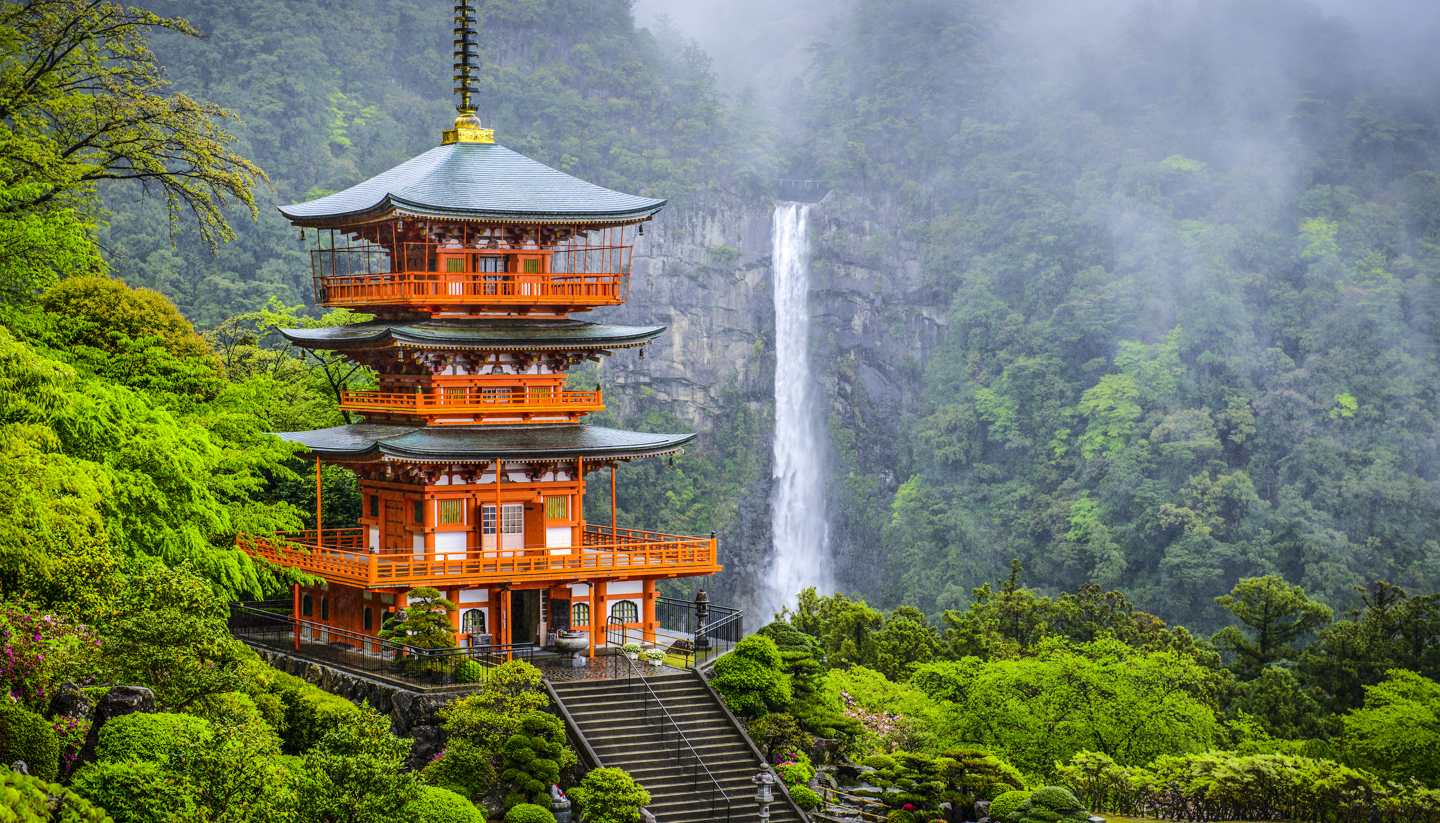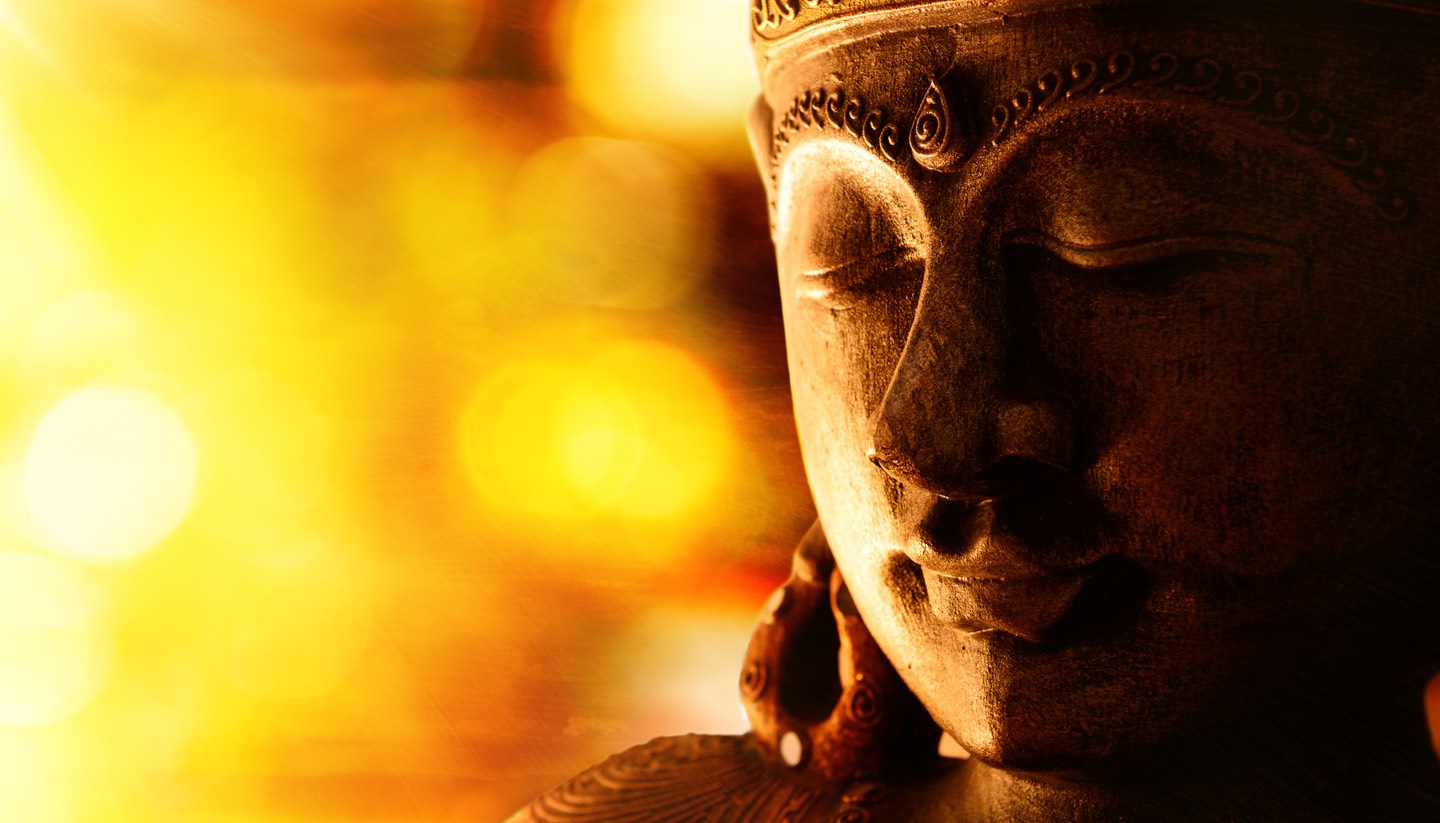Japan Weather, climate and geography
Weather and climate
Best time to visit
The climate in Japan is mostly temperate with four distinct seasons, except for the Hokkaido area and the Okinawa region.
Tokyo, on the main Honshu island, has a humid subtropical climate characterised by warm and wet summers and mild winters. January is usually the coldest month with temperatures averaging 5°C (41°F) while August is the hottest month with an average high reaching 31°C (88°F). The summer heat, along with high humidity levels, can make travelling uncomfortable. Precipitation in Tokyo amounts to 1,530mm (60in) a year, meaning rainfall is abundant (especially from June to October), so umbrellas or raincoats are essential. For more information, see the weather in Tokyo and the best time to go guide.
Hokkaido, the northernmost island, is also Japan's coldest region. Winters are long and harsh with plenty of snowfall, making it a prime destination for snow sports. Ski resorts here often open from early December to April. Sapporo, Hokkaido's capital and host of the 1972 Winter Olympic Games, has an average temperature of -3°C (27°F) in February, so wrap up warm if you visit during this period.
On the other hand, the Okinawa prefecture is about 1,600km (1,000mi) south of Tokyo. The archipelago here enjoys a sub-tropical climate with very mild but rainy winters. Summers here are long, usually lasting from May to September, with average highs swing between 27-32°C (81-90°F).
Typhoons can hit Japan, most likely during August and September but can occur from June to October. They bring strong winds and torrential rains. Powerful typhoons may damage buildings and cause transport disruptions. There is a danger of landslides in rural areas too.
In general, the best time to visit Japan is from March to May, and from late September to November. April is recommended for visitors who are after the spectacular views of cherry blossoms. Equally, October is the month for those in search of colourful autumnal leaves. Most visitors avoid the summer months as they are rainy and muggy.
Required clothing
In Japan, lightweight cottons and linens are required throughout summer in most areas. To avoid sunstroke and sunburn, it is advisable to wear a hat. Summer is also the wettest period in many parts of Japan, so take an umbrella or a raincoat.
Depending on the region, light to medium weight clothing is best during spring and autumn, while medium to heavyweight clothing is recommended for winter months.
Much warmer clothes will be needed in the mountains all year round. Thermal innerwear is recommended if trekking, climbing or skiing.
Geography
The archipelago of Japan is separated from the Asian mainland by the Sea of Japan and split into four main islands: Honshu, Hokkaido, Kyushu and Shikoku. About 70% of the country is covered by hills and mountains, a number of which are active or dormant volcanoes, including Mount Fuji, Japan's highest peak, reaching 3,776m (12,388ft). Japan sits on major seismic fault lines and is susceptible to frequent earthquakes.
A series of mountain ranges run from northern Hokkaido to southern Kyushu. The Japanese Alps (the most prominent range) run in a north-south direction through central Honshu. Lowlands and plains are small and scattered, mostly lying along the coast, and composed of alluvial lowlands and diluvial uplands.
The coastline is long and has very varied features. For example, the deeply indented bays with good natural harbours tend to be adjacent to mountainous terrain. Many of Japan's major cities are located on the coastline and have an extremely high population density.
Okinawa, a chain of islands in the East China Sea, is Japan's southernmost prefecture. Geographically, it is closer to Taiwan than to the four main Japanese islands. Its distinct subtropical climate and pristine beaches are the main drawcards.




